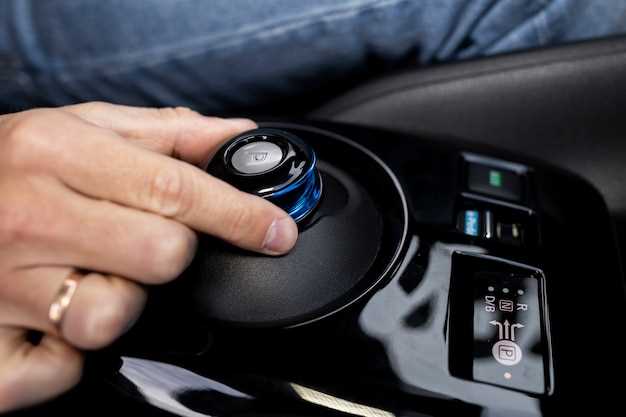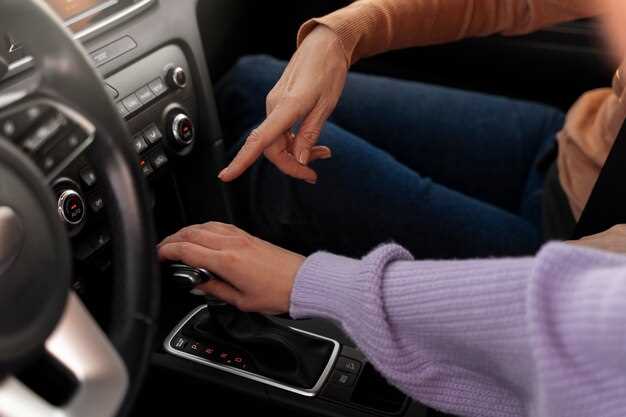
When it comes to vehicle safety, the importance of a properly functioning brake system cannot be overstated. In imported vehicles, brake sensor failures can lead to significant safety risks, often resulting in costly repairs and compromised performance. Understanding the common issues that can arise with brake sensors in these vehicles can help owners take proactive measures to ensure their cars remain safe and reliable.
Brake sensors play a critical role in the performance of a vehicle’s braking system. They monitor various aspects such as brake pad wear, brake fluid levels, and the overall health of the braking components. In many imported vehicles, these sensors are designed to provide real-time feedback to the driver, facilitating timely maintenance and preventing potential accidents. However, various factors can contribute to their failure, including environmental conditions, electrical issues, and manufacturing defects.
In this article, we will explore some of the most prevalent brake sensor failures in imported vehicles. We will also highlight the signs that indicate a malfunctioning brake sensor, the impact of such failures on the vehicle’s performance, and recommended solutions to address these issues effectively. By gaining a deeper understanding of brake sensor problems, vehicle owners can enhance their safety on the road and maintain the longevity of their imported vehicles.
Identifying Signs of Brake Sensor Malfunction

Brake sensors are crucial components in the braking system of vehicles, ensuring safety and performance. Identifying signs of malfunction can prevent serious accidents and costly repairs. Here are the key indicators to look for:
1. Warning Lights: One of the most immediate signs of a brake sensor issue is the activation of the brake warning light on the dashboard. If this light remains illuminated, it often indicates sensor failure or a problem within the braking system that requires attention.
2. Unresponsive Brakes: If you notice that the brake pedal feels unusually soft or hard when pressed, or if the vehicle does not respond promptly to braking, this may suggest a malfunctioning brake sensor. A lack of response can be hazardous, requiring immediate inspection.
3. Inconsistent Brake Performance: Sudden changes in braking performance, such as the car pulling to one side during braking or a delay in brake engagement, can point to issues with the brake sensor. These symptoms can be a sign that the sensor is not reading brake system parameters accurately.
4. Odd Noises: Unusual sounds, such as grinding, squeaking, or clicking when applying the brakes, could indicate that brake sensors are failing. While these noises may originate from the brake pads or rotors, faulty sensors can also contribute to abnormal operations of the braking system.
5. Increased Stopping Distance: If you experience longer stopping distances than usual, it may indicate that the brake sensors are not functioning effectively. This can compromise the overall safety of the vehicle, necessitating a professional evaluation.
6. Brake Fluid Leaks: While not exclusively related to brake sensors, leaks can signal a broader issue within the braking system. If the brake sensor is malfunctioning, it may fail to alert drivers about decreasing brake fluid levels, leading to potential brake failure.
7. Diagnostic Code Retrieval: Using an OBD-II scanner can help identify whether there are any trouble codes related to the brake sensors. This diagnostic tool can provide insights into the specific nature of the malfunction, facilitating more targeted repairs.
Vigilance in observing these signs can significantly enhance vehicle safety. Regular maintenance and early detection of brake sensor issues are essential for ensuring optimal braking performance in imported vehicles.
Common Causes of Brake Sensor Failures in Imported Cars

Brake sensors are essential components in imported vehicles, ensuring safe braking operations. However, various factors can lead to their failure. Understanding these causes is crucial for maintaining optimal vehicle performance.
One common cause of brake sensor failure is moisture ingress. Imported vehicles often encounter different environmental conditions, and excessive humidity can penetrate sensor housings, leading to corrosion and electrical short circuits.
Another frequent issue is wear and tear. Brake sensors are subject to constant mechanical stress from the braking system. Over time, components may degrade due to friction and vibration, resulting in sensor inaccuracies or complete failure.
Electromagnetic interference (EMI) can also contribute to brake sensor malfunction. Imported vehicles may utilize advanced electronic components that are sensitive to external electromagnetic fields, which can disrupt sensor signals and cause erratic behavior.
Improper installation is yet another factor. If sensors are not installed according to manufacturer specifications, it can lead to misalignment or improper function, ultimately resulting in failure. This is often exacerbated during aftermarket replacements.
Additionally, inadequate maintenance can accelerate brake sensor failures. Neglecting regular inspections and servicing can prevent mechanics from identifying early signs of wear, leading to abrupt sensor breakdowns.
Lastly, the quality of replacement parts plays a significant role in sensor reliability. Using substandard or incompatible parts in imported vehicles may compromise sensor performance and longevity, ultimately resulting in frequent failures.
Steps for Diagnosing and Replacing Faulty Brake Sensors
Diagnosing faulty brake sensors requires a systematic approach to ensure accurate identification of the issue. Follow these steps to assess and replace malfunctioning brake sensors in imported vehicles.
1. Preliminary Inspection: Begin with a visual inspection of the brake sensor and its wiring. Look for signs of wear, corrosion, or damage on the sensor itself and connector terminals. Check the routing of the wires to ensure they are not pinched or frayed.
2. Use a Diagnostic Scanner: Connect an OBD-II scanner to the vehicle’s diagnostic port. Access the brake-related trouble codes stored in the vehicle’s computer. These codes can provide insights into which brake sensor may be failing or if there are any related issues in the braking system.
3. Testing the Brake Sensor: For specific sensor diagnosis, use a multimeter to test the sensor’s resistance and voltage. Consult the vehicle’s service manual for the appropriate specifications. If the readings are outside the manufacturer’s specified range, the sensor may need replacement.
4. Inspecting the Brake System: Check other components of the braking system, such as the brake pads, rotors, and master cylinder. A faulty component can cause issues that mimic sensor failure, leading to incorrect diagnoses.
5. Clear Fault Codes: After testing, clear any fault codes with the diagnostic scanner. Test-drive the vehicle to see if the codes reappear. If they do, the brake sensor is likely defective and should be replaced.
6. Replacing the Brake Sensor: To replace the faulty sensor, disconnect the negative battery terminal to prevent electrical shorts. Remove the old sensor by detaching wiring connectors and any mounting hardware. Install the new sensor, ensuring proper alignment and securing connections tightly.
7. Testing After Replacement: Once the new sensor is installed, reconnect the battery terminal and use the diagnostic scanner to confirm that the fault codes no longer appear. Perform a test drive to ensure that the braking system functions correctly and that the sensor is operational.
Following these steps can help ensure that faulty brake sensors are accurately diagnosed and replaced, maintaining the safety and efficiency of imported vehicles.




